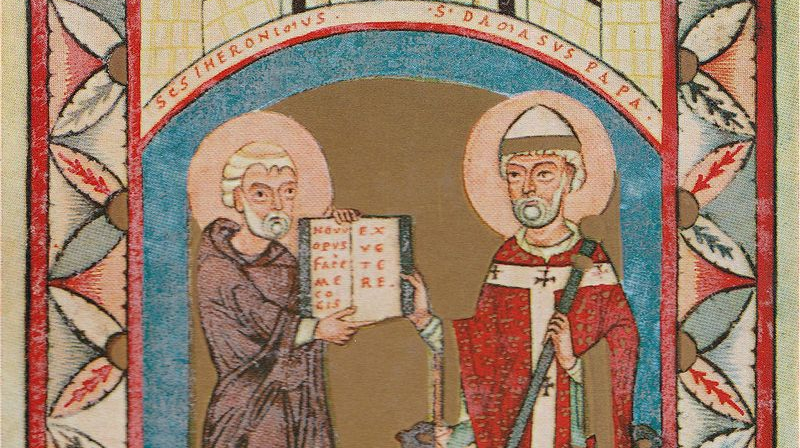Modality mapping onto clause types: comparing modality in a parallel corpus of early New Testament translations

Since the seminal work by Palmer (1986, 2001), research on modality has been thriving. Given the valuable amount of data collected in the past decades on several hundred idioms, it has become urgent to address the issue of the comparability of the expressions of modality across languages. Among various methods to investigate modality (van der Auwera and Diewald 2012), the parallel corpus method offers the possibility to compare the use of modality markers in the same context of use.
However, a fine-tuned methodology to apply to parallel corpora in order to investigate the comparability of modality is still a desideratum, including discussion of how equivalence is determined and what the limitations of the translation practice are, as translation can be more or less representative of the uses of a modality marker.
Developing the results of the SNSF project A World of Possibilities. Modal pathways over an extra-long period of time: the diachrony of modality in the Latin language (henceforth WoPoss, see: https://woposs.unine.ch/) on the interaction of lexical modality markers with other aspects of the sentences in which they appear, this follow up develops an innovative methodology based on annotation of explicit and implicit modality at the level of clause types and aims at providing an easily-exportable modality mapping. The approach is different from WoPoss in a number of ways, but extends and complements it. In this new project I include the investigation of mood as well.
The methodology follows an onomasiological approach and the annotation is also carried out for implicit modality based on an analysis that starts at the level of the clause. The corpus is multi-lingual, featuring, as the project core, the early Latin translations of the Ancient Greek New Testament (Vetus Latina and Vulgate) and, as an optional module, the study of other early Indo-European translations. The interest of this module lies in the possibility of both testing the mapping model and enhancing our knowledge of modality in the ancient Indo-European languages. The New Testament stands out as the ideal choice as a source text to set up the modality mapping. The devised mapping will be applicable to a very high number of literal translations (from Ancient Greek or from Latin) from Antiquity until today.
A linguistically and philologically enhanced corpus taking into account the main modality-related variants of the manuscript tradition, the reconstructed Vorlagen and the various choices of the translators will allow a better understanding of the margins of variation in the expression of modality for each language. The Latin translations will be evaluated against texts from the WoPoss corpus for the same period. The Latin translation of the Gospels by Jerome of Stridon will be also evaluated against two sub-corpora of his other translations (Origenes) from Greek and his original works (Lives of Paul, Malchus and Hilarion).
In the final stage of the project the PI (and the collaborators) will produce a synthesis of the results and will complete and publish a monograph. The outputs and results of the project-annotated database containing the source text and the translations, exportable modality mapping, monograph-will be of interest to researchers in many fields, including historical and general linguistics, Indo-European linguistics, classical philology, translation studies, corpus linguistics, typology, Biblical studies and ancient history.
Responsables du projet
Francesca Dell'Oro, Institut des Sciences du langage et de la communication Université de Neuchâtel
Financement
Disciplines et Mots clés
Langues indo-européennes, Sciences de l`Antiquité
Parallel corpora, Latin, Digital Humanities, Explicit and implicit modality, New Testament, Early Indo-European translations, Clause type mapping, Ancient Greek, Armenian, Gothic, Classical Philology

